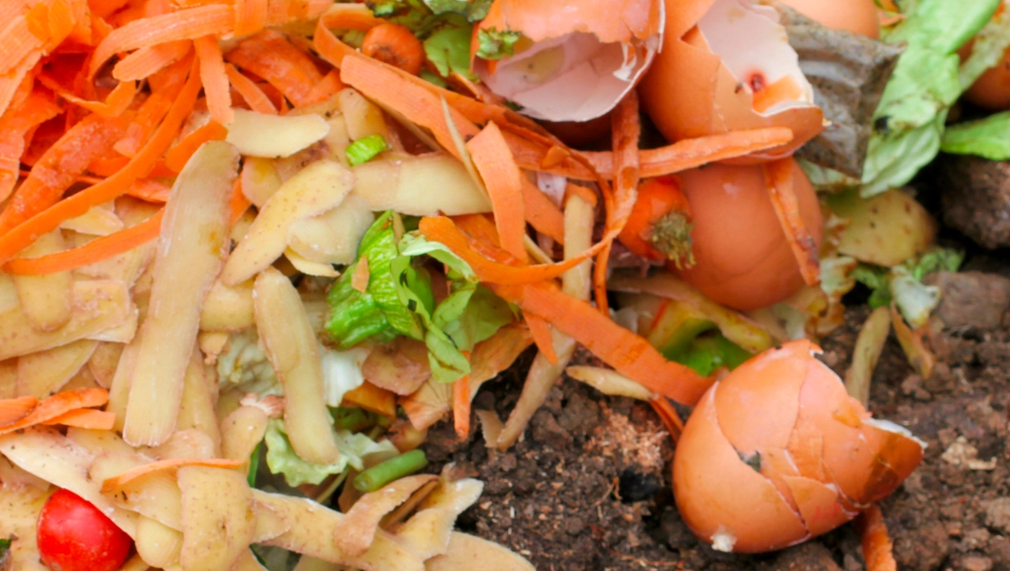Food Waste Recovery to Community Energy Generation as a Biogas
Implementing small anaerobic digesters within Los Angeles City food service establishments will reduce food waste from landfills, carbon gas from greenhouse gasses, and money on energy bills.

Please list the organizations collaborating on this proposal.
LA Sanitation & Environment: Cannabis, Food Manufacturers, and Brewery Sector Champions
What is the primary issue area that your application will impact?
Climate and Environment
In which areas of Los Angeles will you be directly working?
City of Los Angeles
In what stage of innovation is this project, program, or initiative?
Applying a proven model or solution to a new issue or sector (e.g., using a job recruiting software or strategy to match clients to supportive housing sites, applying demonstrated strategies from advocating for college affordability to advocating for housing affordability and homelessness, etc.)
What is your understanding of the issue that you are seeking to address?
According to the EPA, 30 to 40 percent of food are never eaten and food waste is the most common material in landfills in the U.S comprising of 24 percent of the waste. Handling of food waste adds 170 million metric tons of carbon dioxide equivalent GHG emissions and municipal solid waste landfills are the third-largest source of human-related methane emissions with about 14.1 percent in 2017.
Describe the project, program, or initiative this grant will support to address the issue.
On September 16, 2015, the U.S. Department of Agriculture and EPA announced the U.S. 2030 Food Loss and Waste Reduction Goal which is to cut food waste in half by the year 2030. This grant will help fund a few food service establishments to test out the anaerobic digesters.
Describe how Los Angeles County will be different if your work is successful.
The success of this project will promote the digesters to other food services to use the device and reduce food waste within the City of Los Angeles and decrease the amount of food waste entering the City's landfills, increase use of biogas while lowering energy cost for heating water, and promote sustainability with food service establishments. By reducing food waste entering land fills, we can reduce carbon gas from entering the atmosphere and adding to the climate change crisis.
What evidence do you have that this project, program, or initiative is or will be successful, and how will you define and measure success?
We will define and measure the success by surveying the food service establishments on their opinions about the devices and compare before and after amounts of food waste being thrown away and money from energy bills saved.
Approximately how many people will be impacted by this project, program, or initiative?
Direct Impact: 2
Indirect Impact: 10,000